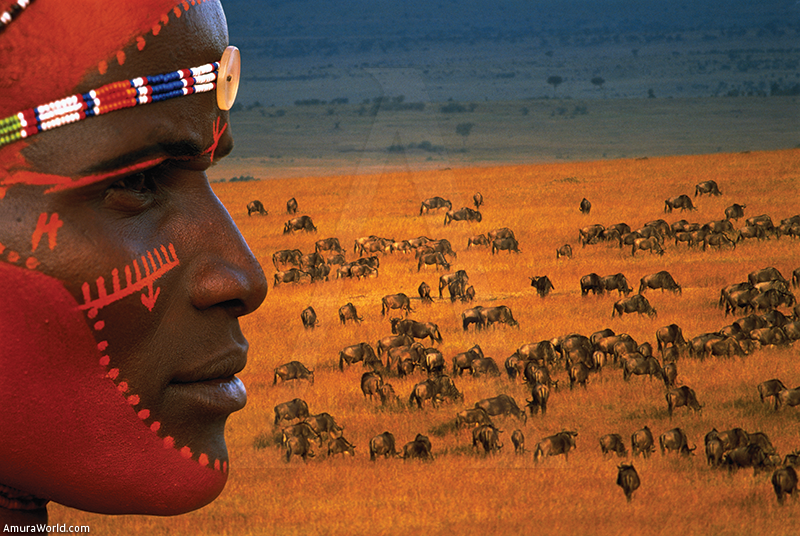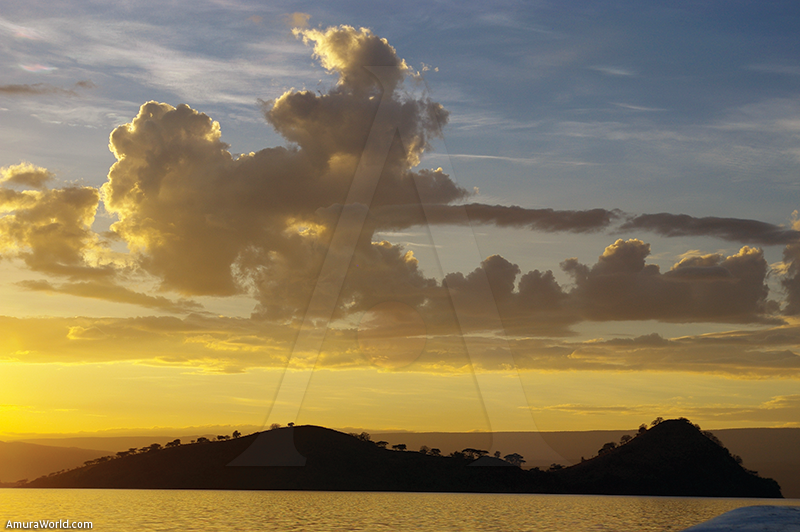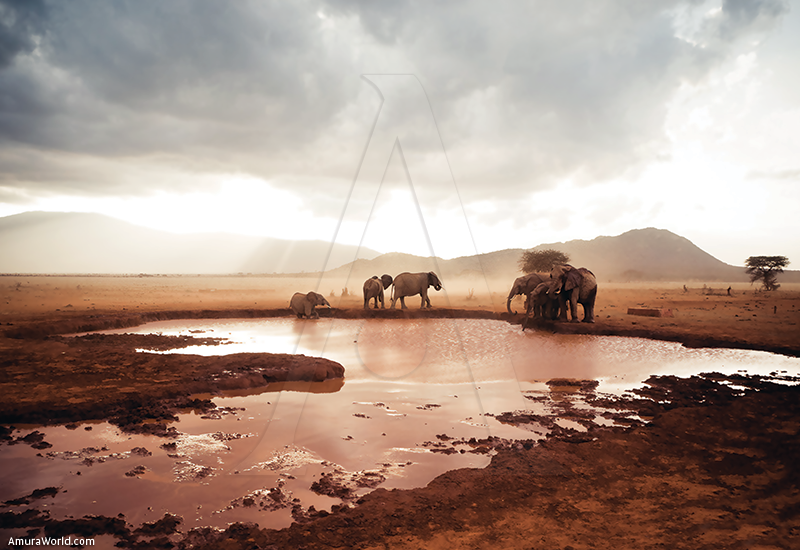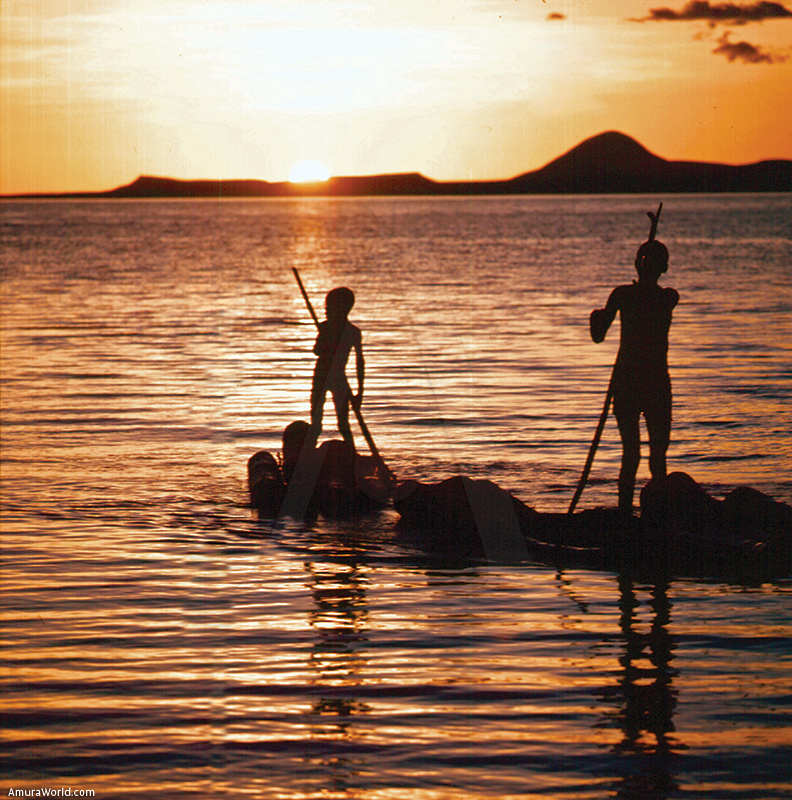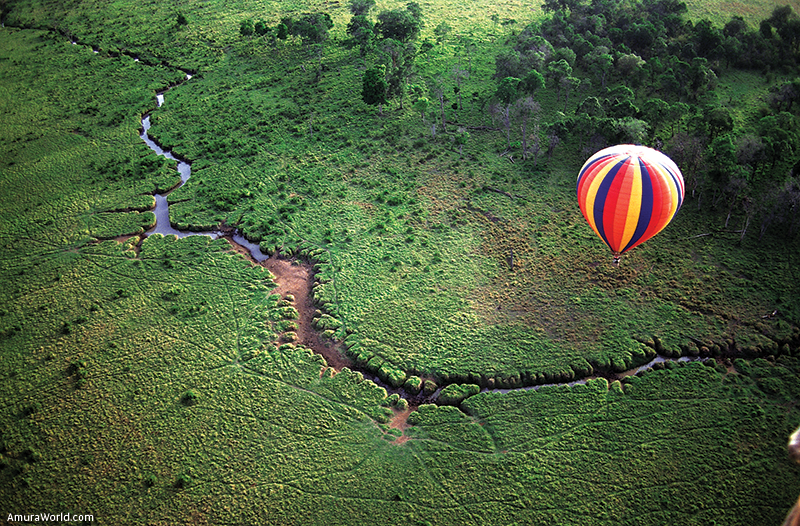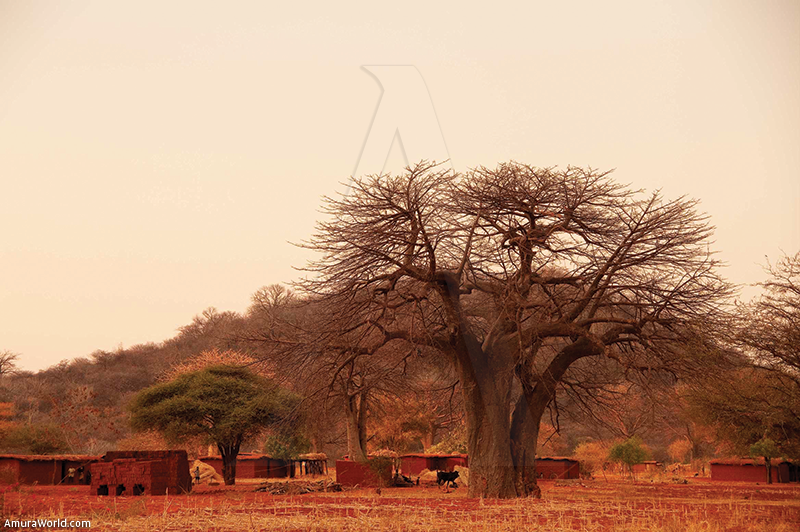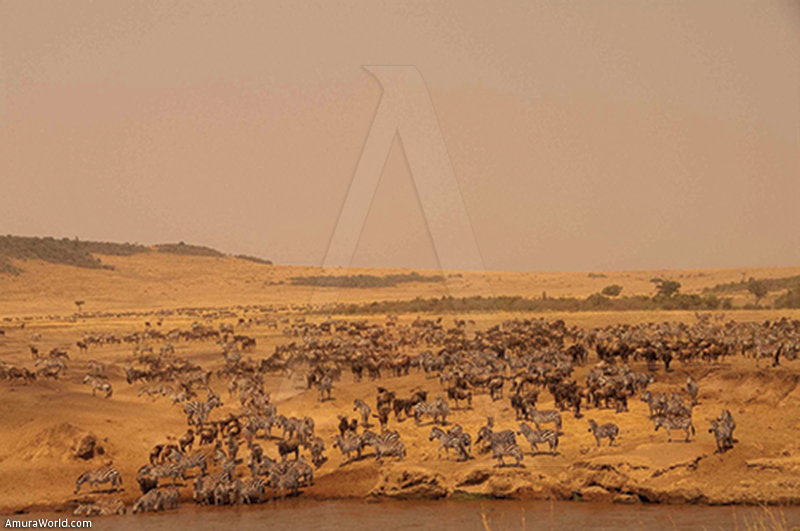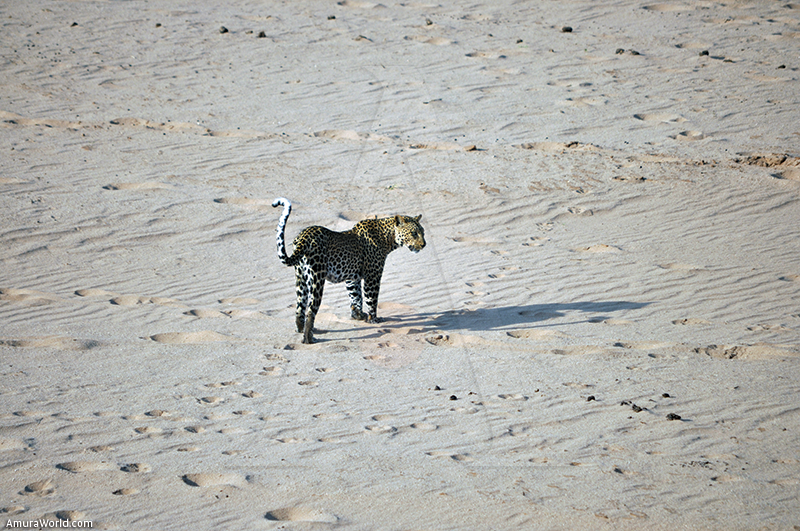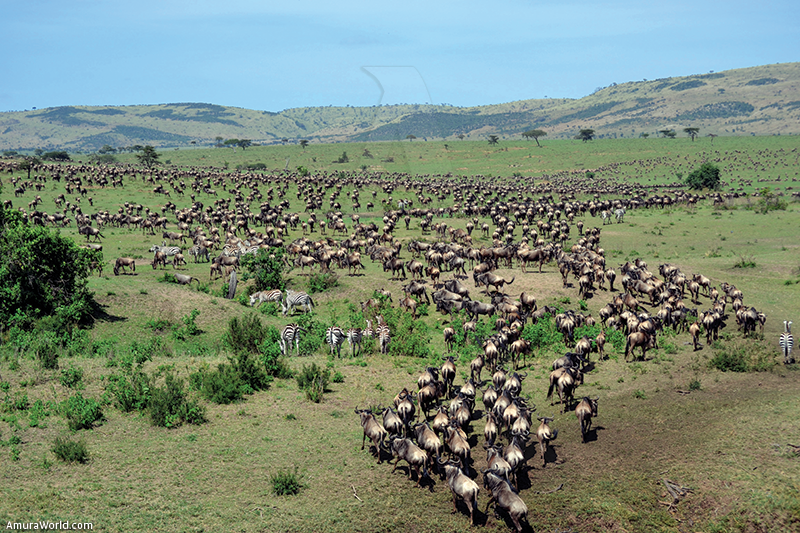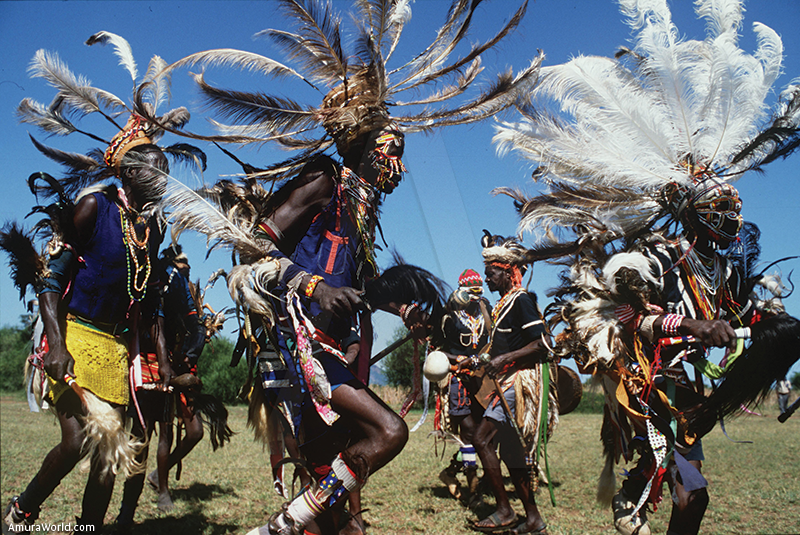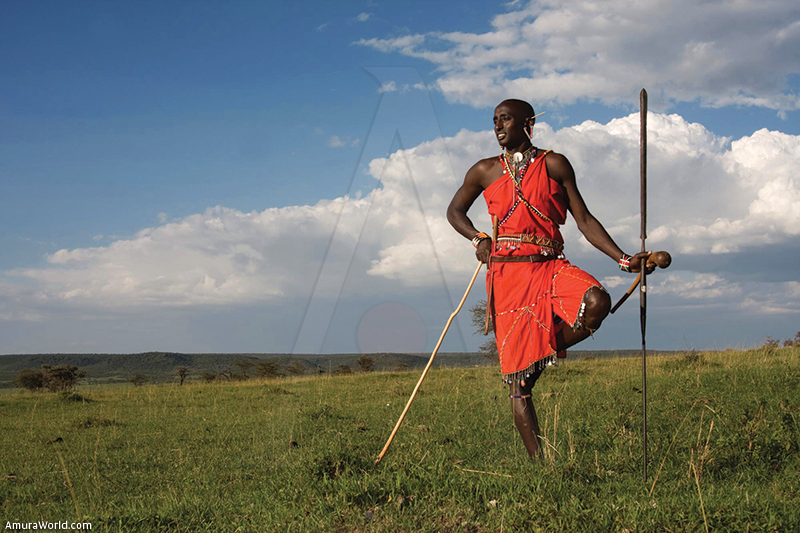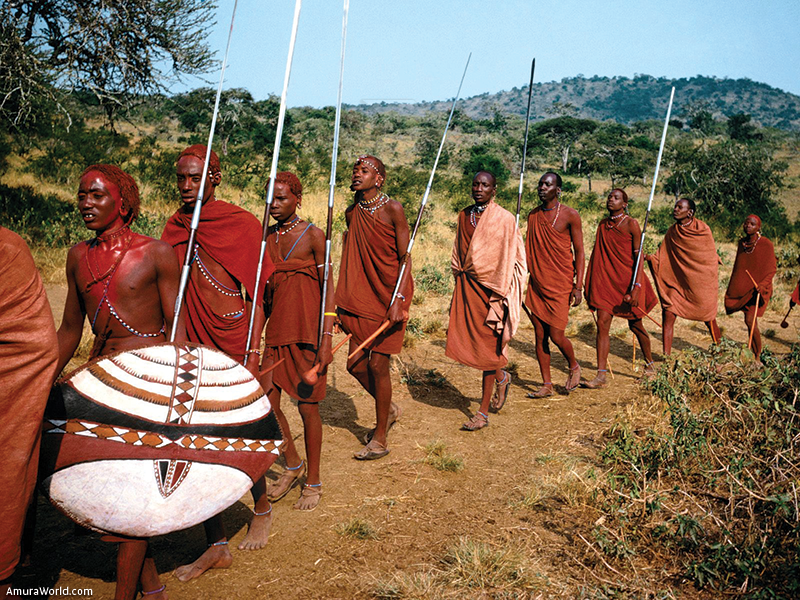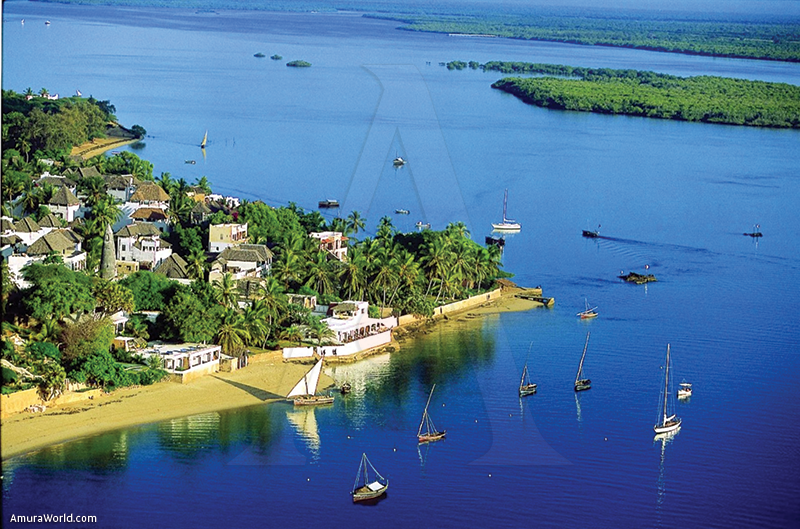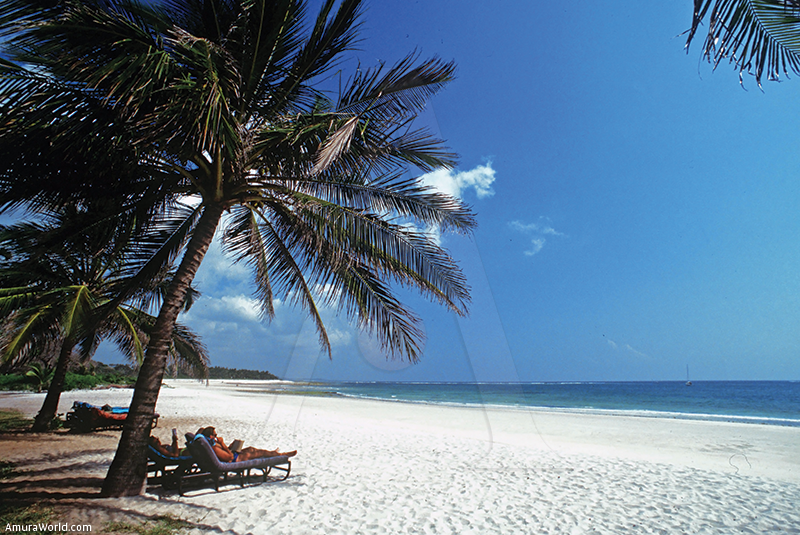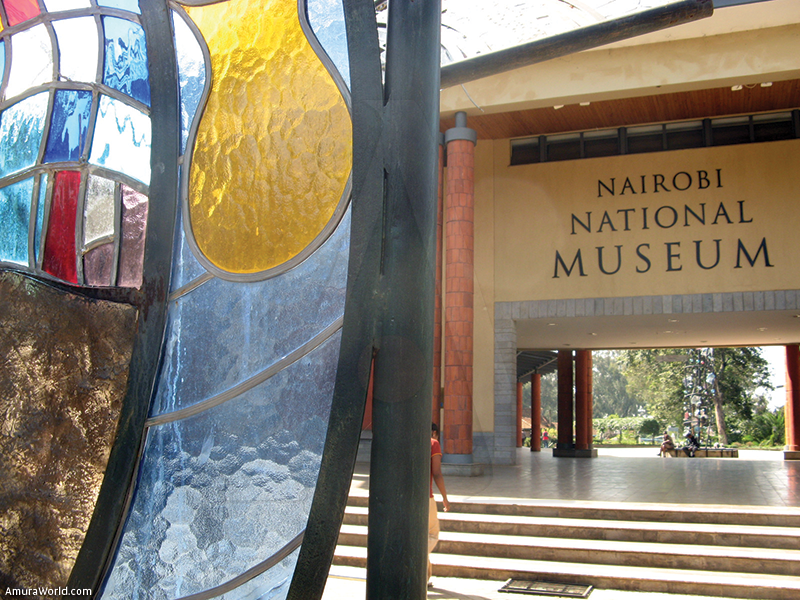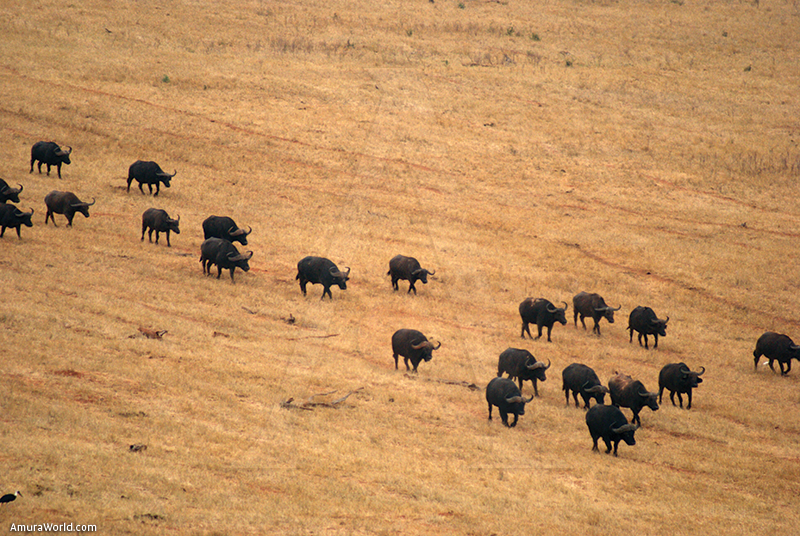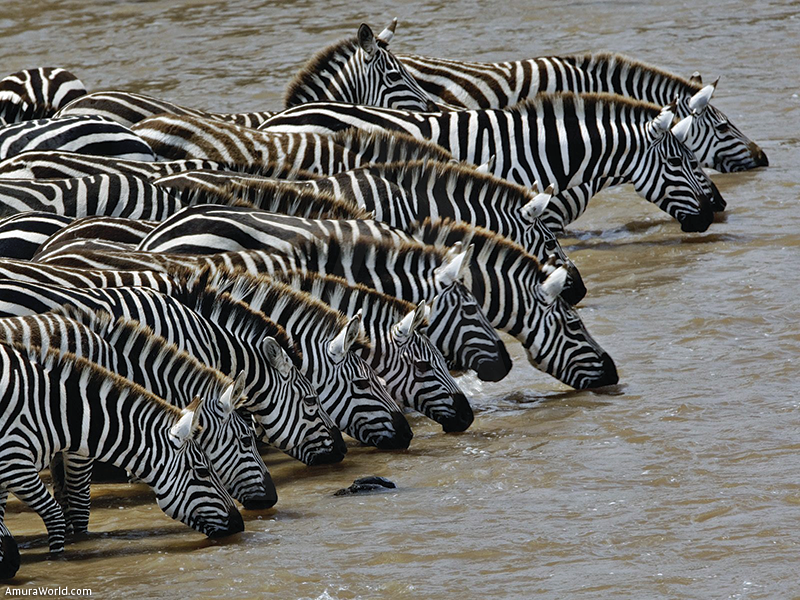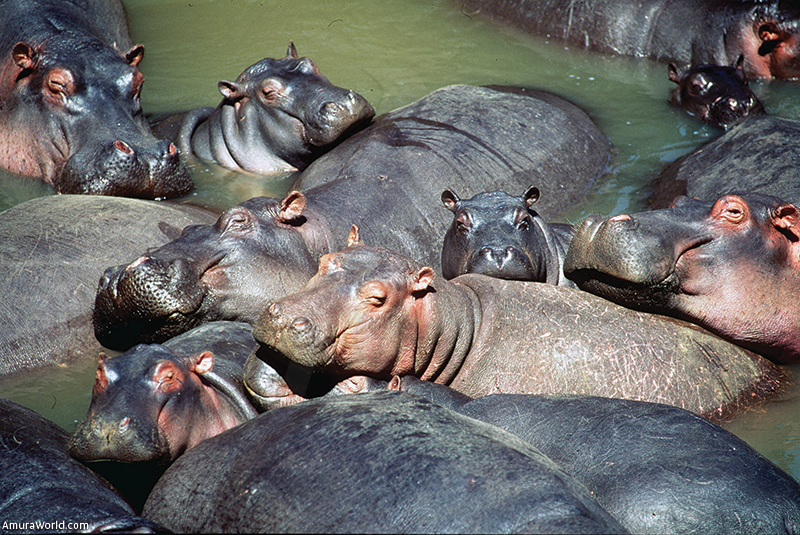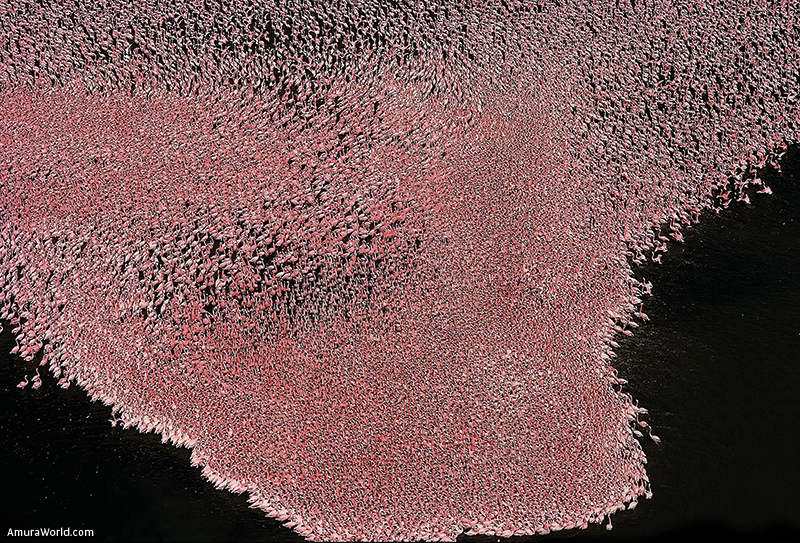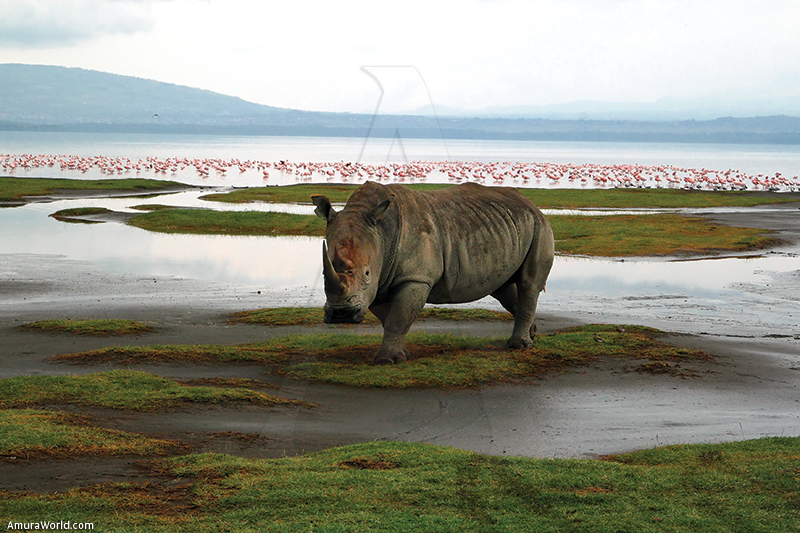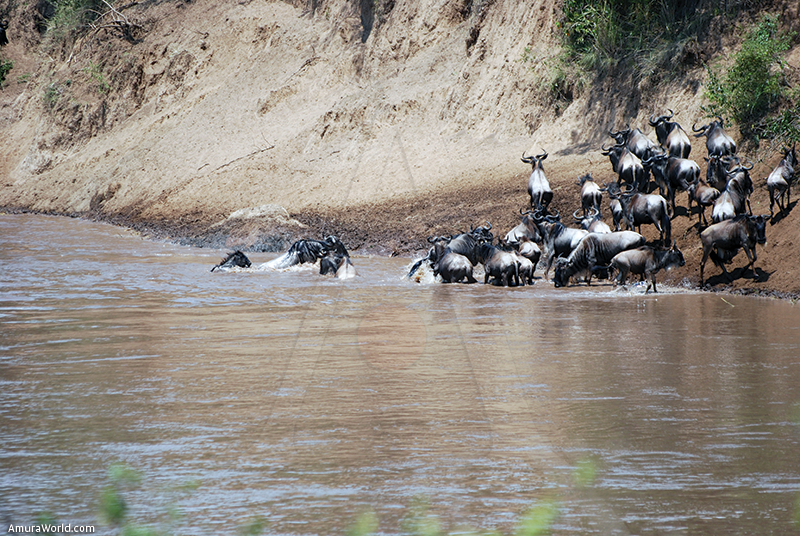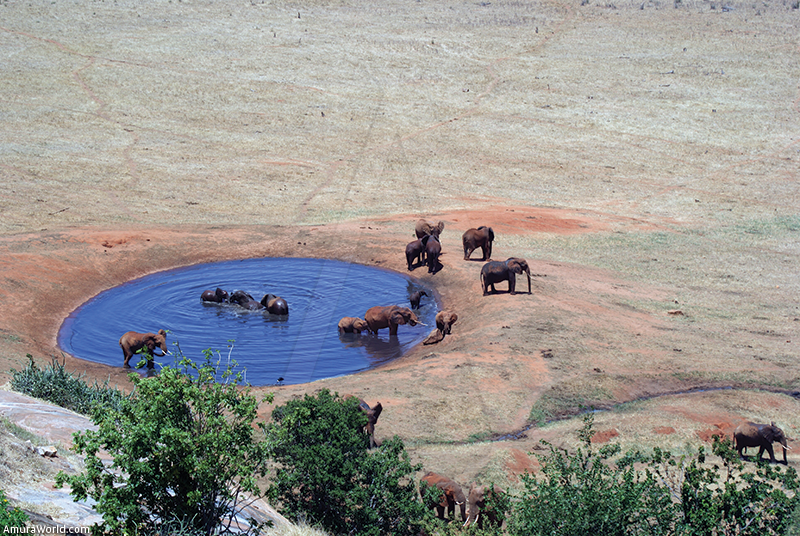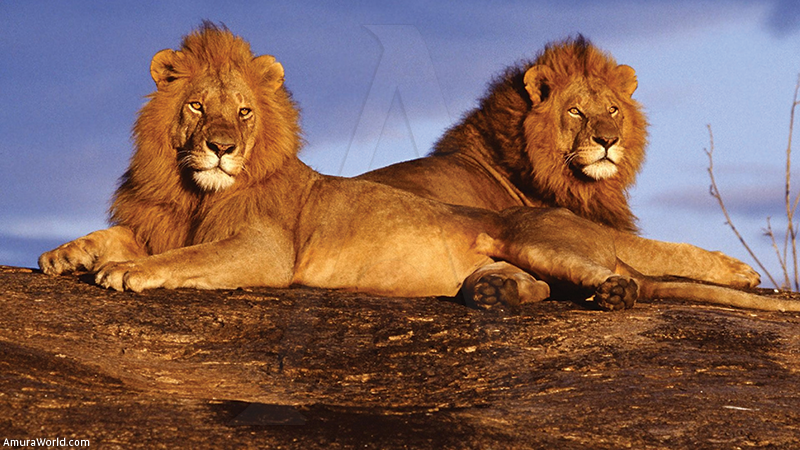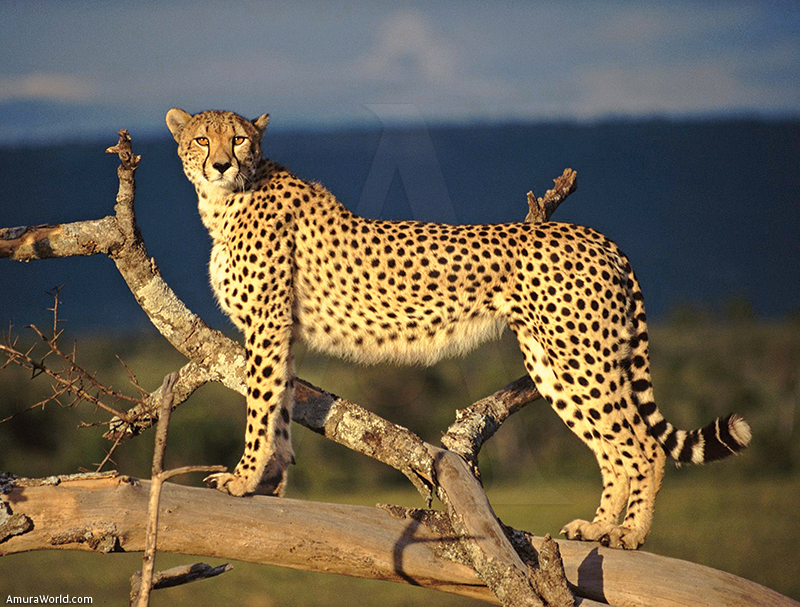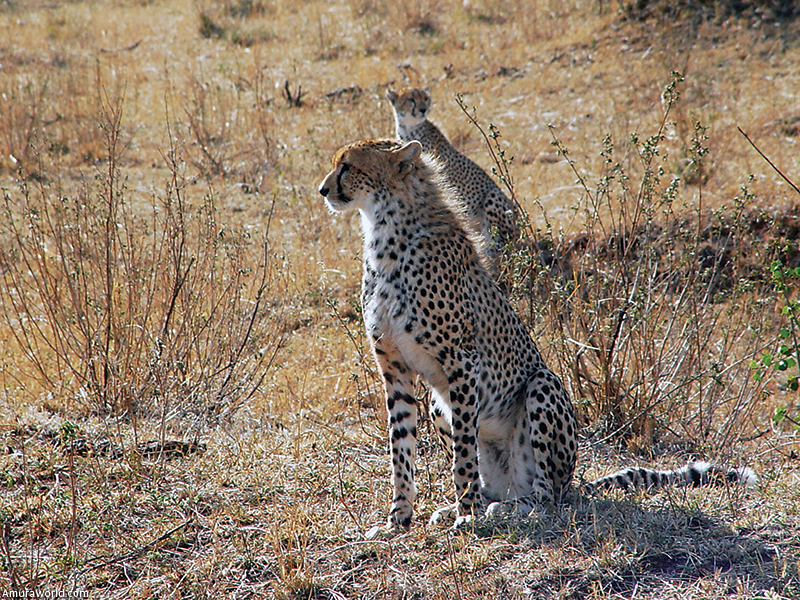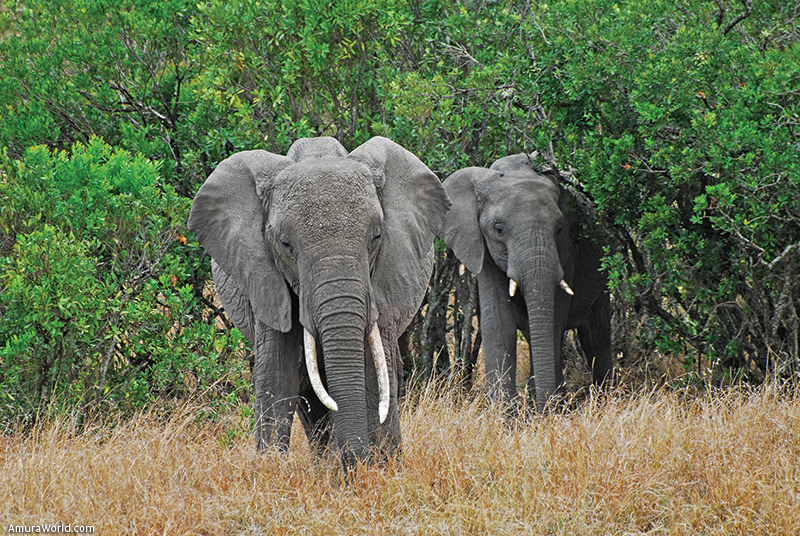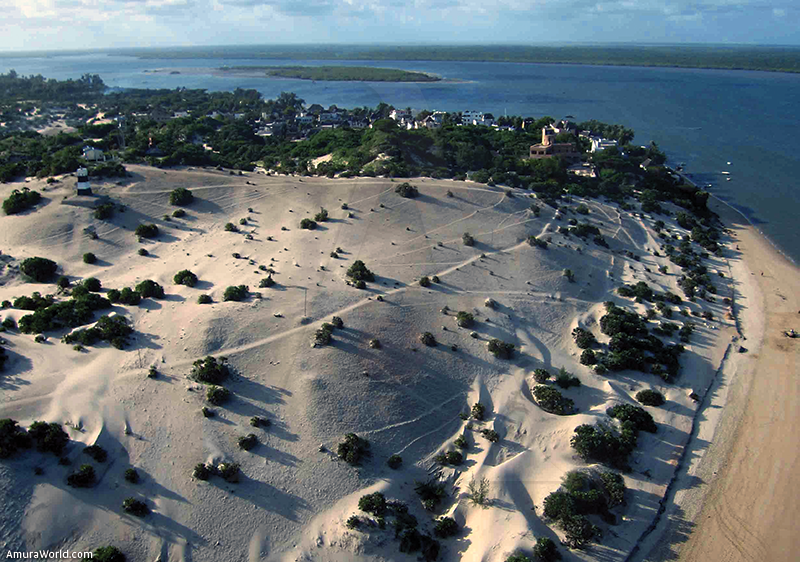A country full of contrasts.
BACKGROUND
The Republic of Kenya is part of Africa’s orient, it represents one of the most interesting and suggestive destinations of the entire African continent, filled with natural resources, cultures, villages, ethnics, religions, languages, amongst other elements, that build and outline its uniqueness.
It is said, the first traces of human origin are found in Africa, according to what several theories hold for now, we shall approach the subject later. It is an obliged destination of all individuals who ask about their beginnings and foundations. The territory occupied today by Kenya, since the inferior Paleolithic era has been home for human kind
Africa, as crib of the human race, possesses some of the most ancient remains which are located on the oriental sector, particularly on the great tectonic gap of the Rift Valley. Through utensils, paintings and art found in caves, a manifest is given; the use of stone tools in the region is of 40 thousand year of age.
2000 years ago, in the oriental sector of the continent, massive fluctuations of humans, originally from the West, were embraced in the region, in their majority farmers from the Batú villages, who made use of their tools and weapons in great measure, much more advanced recollectors and hunters, native to the territory. In a brief laps of time, they excelled as the ethnic-linguistic group most large of the region, to which the “Kikuyu” also belong to, being the largest minority in Kenya, so is the case of the Gusii people, the Akamba and the Meru, whom descent of the Bantú.
The linguistic and cultural roots of Kenya are composed by: Nilo-Sahariana, Afro-Asian and Bantú, which have defined this country as multi ethnic, several centuries ago.
In actuality the country occupied by Kenya was target of many migrations throughout history, fact that allows it to own different minorities and cultures in the present day. Converting it into a great opportunity to discover the country’s ancient history, and actual position
A great amount of Arabic commerce arrived to the coasts of Kenya between the seventh and tenth centuries. They began to settle and create cities, expanding inside the territory along with their commerce network. Arabic integrated with African people, originating a cosmopolitan culture denominated Swahili, who’s tongue is the official Kenyan language.
In the thirteenth century, the Portuguese arrived; they began to establish enclosed commerce and for several centuries freed battles with the Arabian to control the costs of the Western African shores, until, by the last months of the seventeenth century, the Arabian lost control over Fuerte Jesus, located in Mombasa.
The European and Arabian presence in Mombasa remotes to the beginnings of the Modern Ages, but its internal exploration started in the nineteenth century. The British Empire established a protectorate in the East of Africa in 1895, known as the Kenyan Colony since 1920. The Independent Republic of Kenya was established in 1963.
Today, society in Kenya is made up of an enormous diversity of ethnic origins, the largest minority are the Kikuyu (22%), followed by the Iuhya (14%), the Luo (13%), the Kalenjin (12%) and the Kamba (11%). With less population, we find the Kisii (6%), Meru (6%) and other African groups (15%), among others of Asian, European and Arab roots (1%).
GENERALITIES OF THE COUNTRY
Surrounded by multiple frontiers, Kenya adjoins with Ethiopia to the North, Somalia in the East, Tanzania to the South, and Uganda in the West, as well as Sudan in the Northwest. It owns a vast coast extention, bathed by the Indian Ocean to the Southeast of the territory, which allows it biodiversity (landscapes and wildlife).
Kenya’s territory extends 580.370 km2, with a population 39 million people that represent different cultures, origins and tongues. The name of the country comes from the peak known as “Mount Kenya”, representative feature of the country. It is the second tallest mountain of the continent.
The country is divided into eight administrative territories: Nairobi (it’s capital) and seven other provinces where arid, semi-arid (to the north), savannahs, woods and mountains (in the west and center of the country), besides it’s coast. Its capital is the most important city in commercial affairs, in such a way it represents a economic and financial pole for all of Africa. Kenya, possess a high ranked Interior Brut Product in the East of the continent. The principal economic sectors are: tourism, agriculture, construction, and their already traditional, coffee and tea production. Kenya shows a lot of promise in the telecommunications industry, as well as a world leader in sports.
Swahili is the official language; it belongs to the family of Bantú tongues, and is the most extense of the continent. Tanzania, Democratic Republic of Congo, Ruanda, Burundi, Uganda, Zambia and Mozambique. It is a worldwide recognized language, spoken and taught in Europe, The United States of America and other countries.It also has presence is communication media, television, radio, internet, press and literature.
KENYA AS A TOURIST DESTINATION
Kenya is one of the most attractive destinations in the African country and the world. It is identified by its diversity in landscapes, vegetation, wild life and cultural diversity. It has tropical beaches, thick equatorial woods and coral reefs. As well as great snow covered mountains. Kenya is a macro cosmos by excellence.
This country represents a most attractive destination for tourists around the globe. The options go from the well known safari, which have attracted many explorers, adventurers and travelers for centuries, even the marvelous stay in any of its beaches, visited by European and Asian tourists. Business travel and multilateral conferences attract a vast amount of visitors each time.
The first words you might listen upon arrival to the International Kenyatta airport, will surley be in Swahili:: Naamkuwakaribishakwa Kenya or Welcome to Kenya (English is the second most used language, used particularly in tourism, commerce, finance and politics.
Some other basic words you might hear often and are used to be immersed in the culture, will be: Habari(Hello); Habariyako?-singular- and Habarizenu?-plural- (How are you?) Which is responded with: Mzuri! nawewe? (Fine, and you?). It is quite basic to ask for something with a Tafadali (Please) or answer Asante (Thank you) or Karibu(Welcome). It is important Ndiyo(yes) and Hapana(No). Once you leave the country it is normal to hear several Safari njema(Good Trip).
Possibly, the most listened and common phrase you will listen to during your stay in Kenya will be “Safari”, though out history it has been used to refer to an expedition or hunting trip for exotic animals (elephants, rhinoceros, lions, giraffes, buffalos etc.) Safari literally means “journey” in Swahili, in Arab said “Safar” which bears the same meaning. This is an example of one of the thousand words that Swahili claimed as own from Arabic, due to the strong presence of the musllim-arabic community.
Nairobi
The capital of Kenya is one of the most vibrant and exciting cities in the country. It has an excellent international cuisine and the night life is filled with musical talents. Despite being an urban destination, 20 minutes away from downtown you might be able to see rhinoceros, lions, buffalo and more. It is a national reservoir in the city.
Central Region
One of Kenya’s main attractions is powerful KĩrĩNyaga (Kirinyaga, in local Kikuyu), best known as Mount Kenya, covered in snow. Stands out from within the landscape surrounding it. Mount Kenya represents the perfect challenge for climbers and excursionists. It’s woods are ideal for the of trout fishing, hike, horseback, and bike riding. These woods are home wild life in danger of extinction. The historical “MauMau” caves are a trace of mankind, they represent the spirit of Kenya.
Rift Valley
It is considere done of the great wonders in the planet.Located in the center of Kenya, two massive water extentions of sweet wáter and lakes invite to discover natural landscapes filled with exotic birds, like flamingos, who’s population is one of the largest worldwide. The city of Nakuru (capital of the province in Rift Valley) is an excellent opportunity to take a rest. Naivasha is an important destiny,in its proximity Hell’s Gate National Park is located, as well as Longonot National Park, and Mount Longonot (which is an active volcano). Lake Naivasha is an important place to be, you will be witness of hippopotamus, wild goats, birds and other animals in their natural habitat.
North of the Rift
This zone of the country is where you will find hills and valleys full of contrasts, from thermal waters to wildlife in Bogoria and Baringo, through the cold highlands in Kabarnet and Kitale. Must Elogon is the owner of elephants and buffalos that spend the night in caves located in the interior of the mountain. You may enjoy the multicultural scenery from Njemps to Nandi, Pokot and Tugen. The Kipsaraman museum, found in the Baringo district exhibits fossils, remains and paleontological treasures found in this region.
North
Kenya’s northern part is distinguished by being extremely arid and wild, it is a great opportunity for people who would rather visit far away, secluded places. Desert prairies are an option next to Lake Turkana’s shores, or assist the famous camel races in Kenya, denominated “The Maralal Camel Derby”, you may visit Samburu and the National Shaba Reserve, were rare species from the north live. The Laikipia plateau and the Matthews mountain chain are excellent rest spots, country houses who’s administration is taken care of by local communities, represent a great occasion to bond with the population and local cultures, as well as to contribute with the local economy.
Northwest
This region is one of Kenya’s new attractions. National Meru Park is synonym of an extraordinary effort in the conservation field. It is a secluded Park with diversity in vegetation and wildlife, ideal for landscape and wildlife lovers. This Park is filled with high grass and moshpits, besides being the home of wild species like lions, leopards, elephants, hippopotamus, black rhinoceros and antelopes.
South
The anual migration contains more than one million gnu (specie product of the mix between cow and antelope) in the Serengueti, part of the Masai Mara Reserve, is considered one of the most incredible natural events in the world, it’s famous due to the main destinations for a safari in Africa. The lodging options are varied, same as the safari opportunities or a balloon ride. In the Magdi plains archeological treasures from Olorgasailie and Amboseli may be found. Great elephants seem small next to the shadow produced by Mount Kilimanjaro in Tanzania.
West
In the occidental region of Kenya, exuberant green mountains may be enjoyed, tropical forests, and the great extension of Lake Victoria, second largest reserve of sweet water in the world, habitat of great endemic species. Lake Victoria is also known as Al Victoria Nyanza (in Swahili) or Ukerewe, it is a great destination to take a stroll or fish. The great peculiarity of this lake is that it represents the natural border between Uganda, Tanzania and Kenya. The unforgettable sacred stones of the Las Kit Mikaye and Maragoli are highly important for the Luo and Luhyah communities, in the mountain region of Kericho, where you can take a tour through the tea plantations and enjoy the peace and tranquility of the place.
Orient
To the orient of the country, Tsayo National Park is located, it counts with many lodging options for all tastes. It is an ideal place to plan a safari, head to the coast, or some city. In this
region there is also the opportunity to travel to the Chyulu mountains or Taita, which give us a chance to admire from afar the Kilimanjaro. In the Ukambani, you can acquire art and typical craftsmanship carved in fine woods.
The Coast
One of the best options in Kenya are the beaches, they are among the best in the world: sand is soft, the water is warm, and the waves are calm, ideal for watersports like windsurfing, sail and water ski. Such waters are tranquil in virtue of the coral reef barrier of some mineral coasts. The reef are home to an abundant submarine life, which may be watched by visitors from little boats with crystal floors, or while diving.Lamu, is the most ancient city, it still conserves traces and elements of ancient Swahili cultures like no other place. Built with coral rock and mangle wood, this city is classified as world heritage by UNESCO, it characterizes by it’s architectonic structures which contrasts with the interior patios,galleries, and wooden doors. Lamu represents an important center of studies in the Swahili and Islamic cultures. Located in the coast, Mombasa is one of the most commercially and exotic ports. Africa is an experience you cannot miss.
Text: Representante Francisco Venegas ± Photo: ©Getty Images / Ketan doshi / ANOR DES / nocomply / gaia menesatti / GGALCOCK/ enkewara PROKENIA / SUPREMA / INDIA AFRICA / TARUNACTIVITY/ MY DESTINATION / WELL SM

